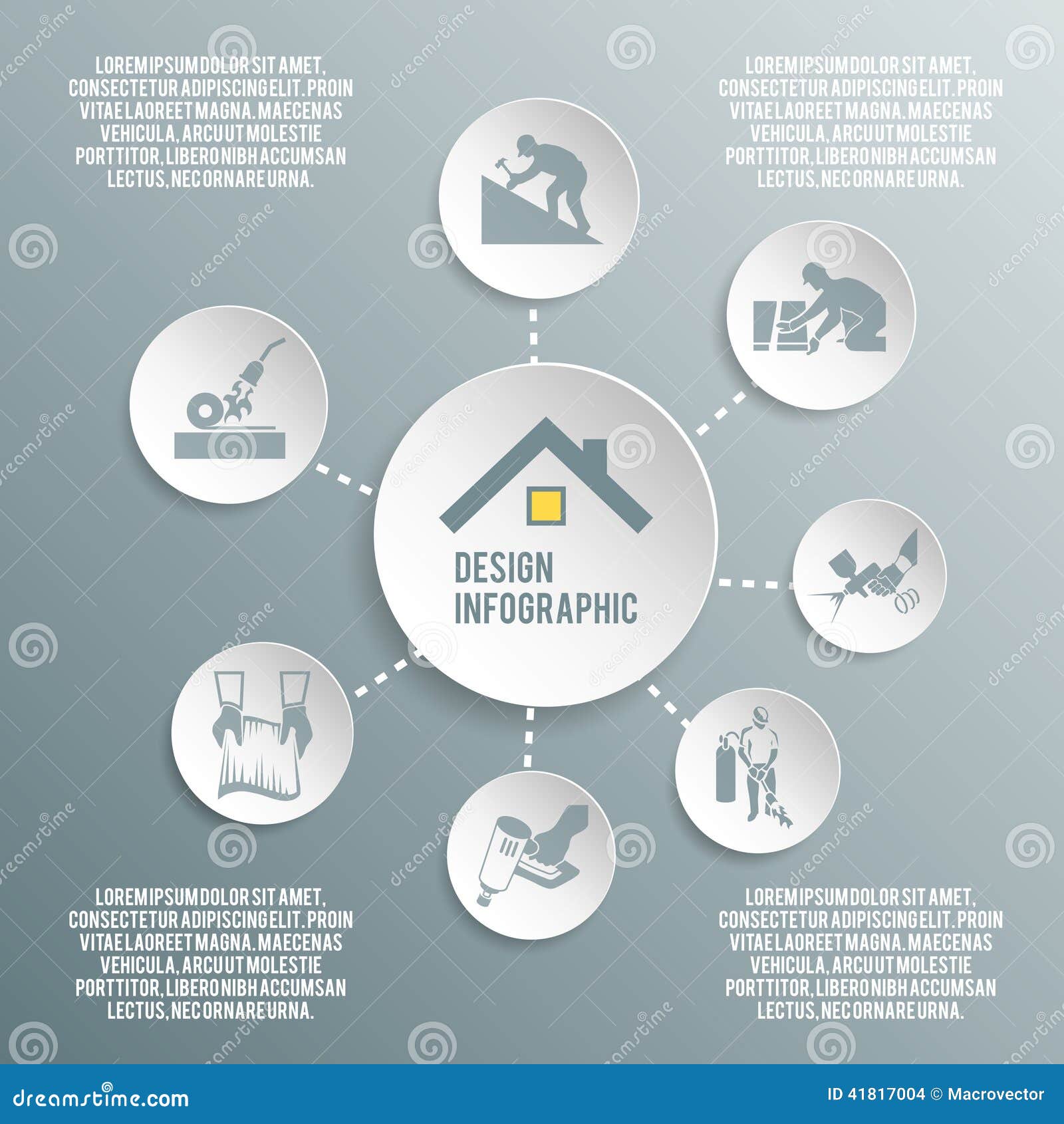Check Out The Delicate Equilibrium In Between Expenditures And Environmental Repercussions To Reveal The Real Capabilities Of Solar Energy Compared To Standard Power Resources
Check Out The Delicate Equilibrium In Between Expenditures And Environmental Repercussions To Reveal The Real Capabilities Of Solar Energy Compared To Standard Power Resources
Blog Article
Material Writer-Kirkeby Spencer
When assessing the feasibility of solar power versus typical power sources, you might find yourself contemplating the long-lasting sustainability and impact on your funds. The complex equilibrium in between initial prices, recurring expenditures, and ecological effects increases crucial questions about the future of power generation. As you browse through the complexities of this contrast, a deeper understanding of the subtleties in cost-effectiveness, ecological stewardship, and power safety and security waits for exploration.
Cost-Effectiveness Contrast
When contrasting the cost-effectiveness of solar power with standard power sources, it comes to be evident that preliminary financial investment differences play a pivotal role in establishing long-term savings.
While solar power systems need a greater ahead of time financial investment for setup and devices, they offer considerable lasting advantages that can outweigh the initial prices. solar installation cost on comprehending that solar power systems have marginal ongoing functional and upkeep costs contrasted to traditional energy sources like nonrenewable fuel sources.
By purchasing solar energy, you can potentially minimize utility bills over the system's life-span. Furthermore, with improvements in technology and reducing installment costs, solar power has come to be a lot more available and affordable for house owners and organizations alike. website can collect gradually, offering a return on investment that goes beyond typical energy sources.
In addition, solar power systems use the benefit of power independence and security against varying energy rates. By using the power of the sun, you add to a cleaner environment and minimize your carbon impact. Embracing solar energy not only benefits your purse yet also the planet in the long run.
Environmental Impact Analysis
Solar power presents a promising choice to typical power sources as a result of its dramatically reduced ecological effect. Unlike nonrenewable fuel sources that send out unsafe greenhouse gases and contribute to air pollution, solar power creates power without producing any kind of discharges.
The process of using solar energy entails catching sunlight via photovoltaic panels, which does not launch any type of contaminants right into the environment. This absence of exhausts helps reduce the carbon impact associated with energy manufacturing, making solar power a cleaner and a lot more sustainable option.
Additionally, using solar energy adds to preservation efforts by minimizing the demand for finite sources like coal, oil, and gas. By counting on the sun's plentiful and renewable resource source, we can aid preserve natural habitats, shield ecological communities, and reduce the unfavorable impacts of source removal.
Reliability and Power Landscape Analysis
For a comprehensive analysis of reliability and the energy landscape, it's vital to assess how solar power compares to typical resources. Solar power is pushing on as a dependable and lasting energy resource. While typical resources like coal, oil, and natural gas have actually been historically dominant, they're finite and add to ecological destruction.
Solar power, on the other hand, is abundant and sustainable, making it a more lasting choice over time.
In regards to integrity, solar power can be based on climate condition and sunlight accessibility. Nevertheless, developments in innovation have actually resulted in the advancement of energy storage services like batteries, boosting the integrity of solar power systems. Standard resources, on the other hand, are vulnerable to cost changes, geopolitical tensions, and supply chain disturbances, making them less trusted in the long-term.
When evaluating the power landscape, solar energy supplies decentralized energy manufacturing, lowering transmission losses and enhancing power protection. Traditional sources, with their central nuclear power plant, are much more susceptible to disturbances and need considerable infrastructure for circulation.
Conclusion
To conclude, when contrasting solar power to traditional energy resources, it is clear that solar energy offers a cost-efficient, environmentally friendly, and trusted alternative. With minimal operational expenses, potential financial savings on energy costs, and a considerably lower ecological influence, solar power is becoming a more lasting and secure choice. Accepting solar energy can help reduce greenhouse gas emissions and add to preservation initiatives, making it an engaging selection for the future.
